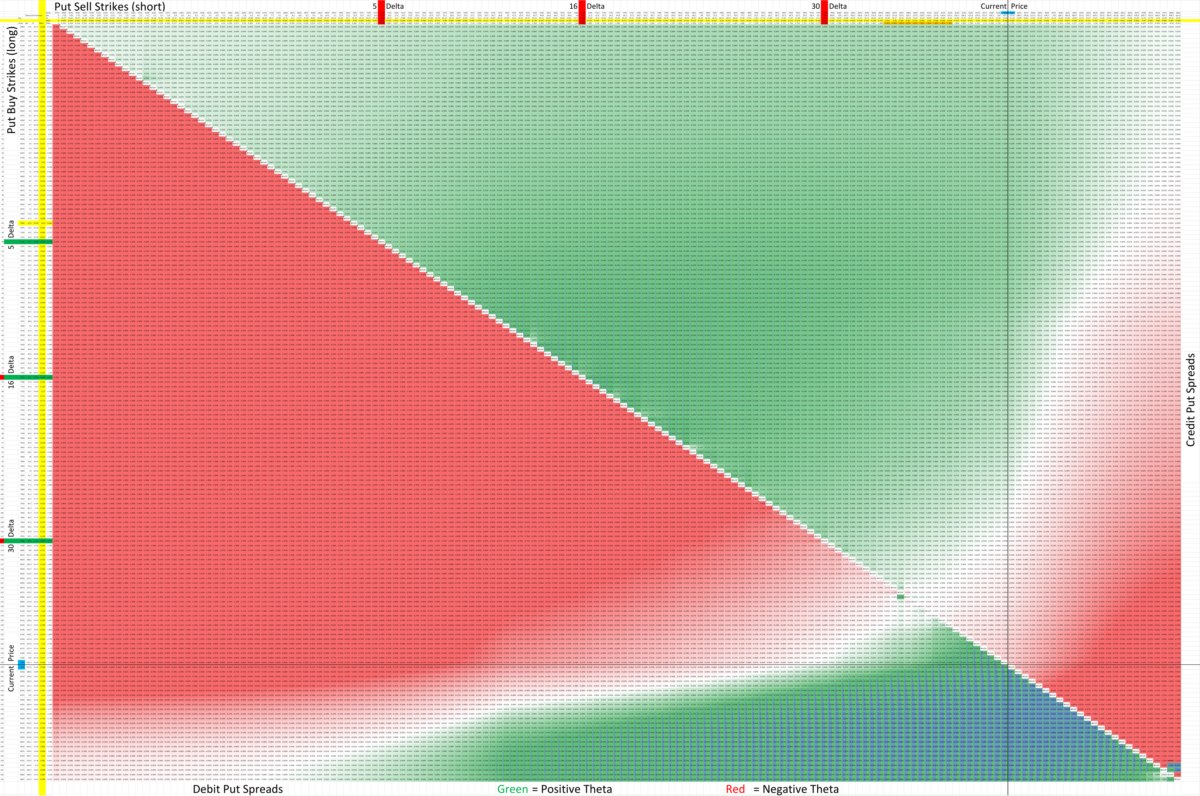

Finance
Intramarket Sector Spread Definition
Published: December 12, 2023
Discover the definition and importance of intramarket sector spread in finance. Learn how it affects market volatility and asset allocation for optimal investment strategies.
(Many of the links in this article redirect to a specific reviewed product. Your purchase of these products through affiliate links helps to generate commission for LiveWell, at no extra cost. Learn more)
Understanding the Intramarket Sector Spread and Its Significance in Finance
Welcome to another insightful blog post within our Finance category! Today, we delve into a fascinating topic that has tremendous implications in the financial world – the Intramarket Sector Spread. Have you ever wondered what this term means and why it is essential in the realm of finance? Well, you’re in the right place! In this article, we’ll demystify the concept of Intramarket Sector Spread and explore its significance in financial markets.
Key Takeaways:
- The Intramarket Sector Spread refers to the difference in returns between two different sectors within the same market.
- It is used by investors and traders to identify potential investment opportunities and gauge sector rotation.
So, what exactly is Intramarket Sector Spread? In simple terms, it refers to the difference in returns between two different sectors within the same market. For instance, if the technology sector outperforms the healthcare sector by a significant margin, the Intramarket Sector Spread would be positive. On the other hand, if the technology sector underperforms compared to the healthcare sector, the spread would be negative. This spread measurement allows investors and traders to assess the relative strength or weakness of different sectors within a market.
Now, you might wonder why the Intramarket Sector Spread is so important in finance. Here are two key takeaways to help you understand its significance:
- 1. Investment Opportunities: By analyzing the Intramarket Sector Spread, investors can identify potentially lucrative investment opportunities. When one sector outperforms another, it suggests that the market favors the leading sector, which may present a favorable chance to invest in stocks or other financial instruments associated with that particular sector.
- 2. Sector Rotation: The Intramarket Sector Spread is also used to gauge sector rotation in financial markets. Sector rotation refers to the shifting of investor funds from one sector to another due to changes in market conditions or economic outlook. By tracking the Intramarket Sector Spread over time, investors can gain insights into the dynamics of sector rotation and adjust their investment strategies accordingly.
In summary, the Intramarket Sector Spread is a valuable tool for investors and traders in understanding the relative strength or weakness of different sectors within a market. By monitoring this spread, one can identify investment opportunities and track sector rotation, ultimately improving their financial decision-making.
We hope this article has shed light on the concept of Intramarket Sector Spread and its significance in finance. Stay tuned for more informative blog posts in our Finance category!














